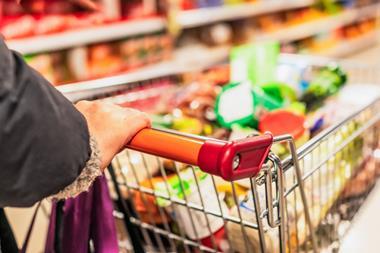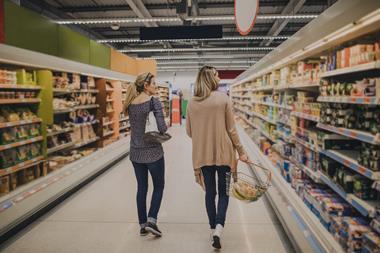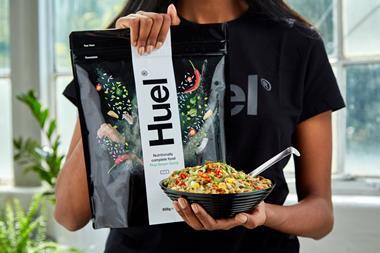
If there’s one word that will sum up 2024, it might be “human-centric”.
Even in an era of ubiquitous technology, people are craving connection and community at scale as they seek a more intentional pace of life. This is being brought to life by a number of distinct emerging behaviours, and driven by innovations that are helping us pursue a better quality of life.
For brands, this signals a change in the way in which they can and should connect with their customers. Our latest annual report on the impactful trends for this year and beyond indicates retailers will find a ready audience if they dial up feelings and craft experiences that deliver emotional payback, as people look to shake off a tough few years and reconnect with one another.
So, what are some of the trends reflecting these shifts, and how can retailers capitalise on them?
The thrift economy
In 2024, shoppers will double down on thrifty shopping habits as inflation woes continue. While the economic outlook is a shade brighter, the cost of living is still the key concern for consumers worldwide. In fact, 64% of consumers select this as one of the top five most pressing issues for society.
There is a dynamic opportunity for brands and retailers to respond, stepping up as allies and helping people to maximise their budgets. To truly stand out, companies are now going beyond the basics to craft creative ways to assume the role of shopper champion.
Take Canadian food delivery app SkipTheDishes, which developed an AI-powered shopping tool dubbed the ‘Inflation Cookbook’. The tool devises affordable “chef-inspired” shoppable recipes based on ingredients that have seen the biggest price drops in its stores each week.
Going a step further, French supermarket chain Carrefour is taking a stand against “shrinkflation” tactics with in-store signage that names and shames offenders adopting the tactic to maintain product prices while reducing product weight or size. The retailer has even declined to sell brands whose price rises it considers unacceptably high.
By proudly empowering savvier shopping like this, retailers can position themselves as empathetic allies in the fight against inflation and continue to build long-term trust.
Food ‘farmacies’
Should food brands and retailers see themselves as healthcare providers? Our research shows the role of a brand is evolving in people’s eyes, and “improving people’s health and wellbeing” ranks high on their list of expectations, second only to “making the world a better place”.
An emerging opportunity comes in the form of a growing trend for doctors in the US, the UK and Australia to prescribe fresh produce to patients with certain conditions or on lower incomes. This presents an industry-wide opportunity for the food industry to educate and nudge consumers toward healthier eating habits.
Tesco has already set itself the goal of ensuring 65% of shopping baskets are made up of healthy foods, pledging to cut 100 billion calories from its own-label range by 2025. In the US, grocery chain Albertsons has added a digital nutrition tool to its Sincerely Health platform that allows shoppers to measure the nutritional value of their purchases.
We can expect to see healthier alternatives or reformulations with health-boosting benefits hitting the shelves over the next 12 months, as retailers sit in the driving seat in improving the health of the nation.
Community-centric retail
As people seek connection, we are also seeing an opportunity for community-led retail to transform the ways in which we come together and shop locally, helping to boost footfall and local economies.
At Kingland Crescent in Poole, Dorset, a formerly neglected and rundown shopping street has been transformed by a scheme that incentivised budding local traders to take on units. Shoppers are mere steps away from a coffee roaster, fishmonger and record store. The commercial powers behind the project noted its success is down to an intentional place-based approach that integrates key local service-driven anchors. It its first year, it generated an additional £2.2m of spending, defying the ‘death of the high street’ narrative.
The trend is by no means exclusive to the UK: in the US, malls catering to Asian customers are thriving by offering entertainment like music and dance, night-market dining and vibrant social gathering spaces.
At a time when shared public space is dwindling, carving out spaces and opportunities that help people feed their yearning for community can deliver a win-win for retailers and shoppers alike.
So whilst it might feel instinctual to go full steam ahead into the year, the winning brands will be those that capitalise on the consumer desire to slow down and reconnect.



















No comments yet